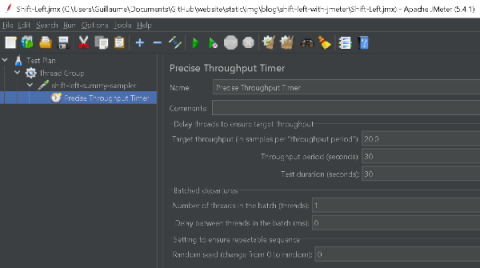Systems | Development | Analytics | API | Testing
Load Testing
How we work at k6 - building software & working remotely with CTO Pawel Suwala (k6 Office Hours #23)
Benefits of Load Testing Tool Available in the Cloud
One of the core tasks during load testing is setting-up of required Test Agents or Load Generators. Though it is straightforward in most cases, it can be challenging and time-consuming when you do not have enough details required for hardware sizing and memory footprint and also need support for thousands of virtual users.
What's New In Loadero (July 2021)
It’s summer, a pleasant time for taking a vacation and having some rest. While members of the Loadero team take holidays too, work on improving our service to serve customer’s needs is never interrupted. In this blog post we are sharing updates to our application that took place in July.
Creating and using plugins for k6 and Grafana (k6 Office Hours #22)
Java library for your cloud-hosted tests with Loadero
Have you ever wondered, while manually creating tests in Loadero, that it would be nice to have some library that you can use to create tests programmatically? Sounds nice, isn’t it? Well, luckily, Loadero does have this option now. In this blog post I would like to introduce you to the recent creation of Loadero’s team — Loadero Java library.
A tester's overview of Grafana Labs open-source projects
How to run distributed load tests with k6 Operator (k6 Office Hours #21)
Load Testing SQL Databases with k6
This short tutorial shows how to run a k6 test for load testing a database. In performance testing, we often trigger load tests that simulate realistic user flows, particularly those that are most commonly seen in production. This type of acceptance testing usually interacts with various parts of our infrastructure: web servers, microservices, databases, etc. But what if you want to test the performance or scalability of an infrastructure resource in isolation?
Run JMeter test from GIT using Jenkins
You may have heard the term shift-left testing which is essentially moving the testing to an earlier stage in the project lifecycle, essentially the activity is moved to the left on the project timeline. The benefits of testing earlier have always been understood but not always happened when we consider performance testing which in some cases is still left until the very end of the delivery process.











